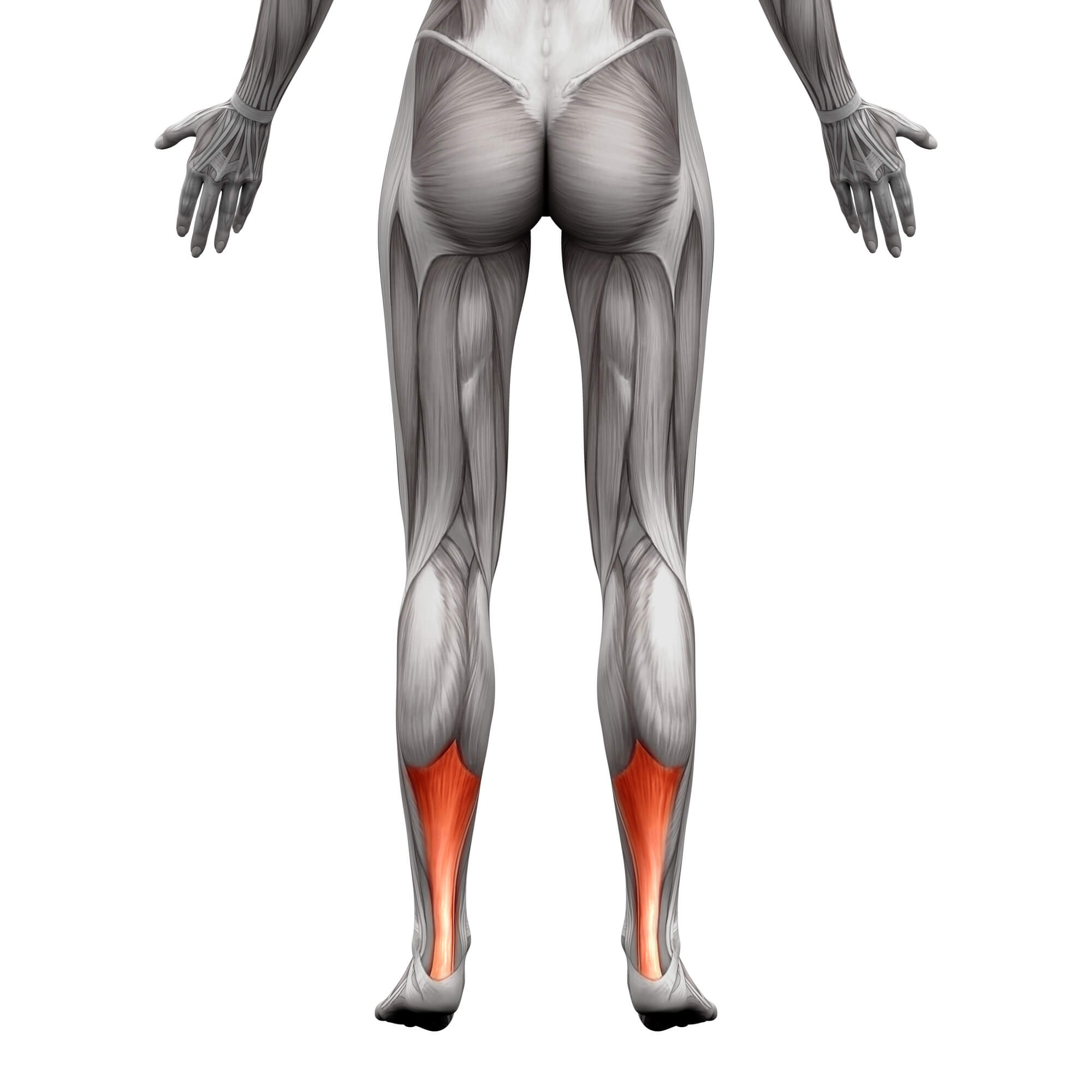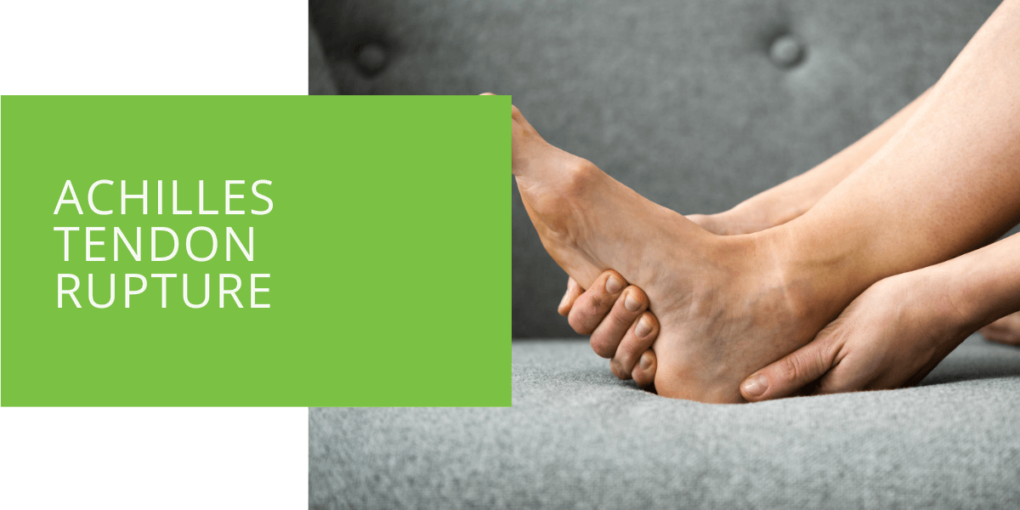Diagnosing Achilles Tendon Rupture: Tests and Evaluation
Achilles tendon rupture can be a daunting injury that can affect people of all ages and activity levels. Whether you're an athlete or enjoy a stroll in the park, this injury can be extremely painful and disruptive to your daily life. Fortunately, with the help of experienced podiatrists, an accurate diagnosis and effective treatment plan can help you recover quickly.
This guide will delve into the various tests and evaluations that podiatrists use to diagnose Achilles tendon ruptures. From physical exams to imaging tests, we'll explore the range of diagnostic tools and techniques used to pinpoint the extent of the injury and create an individualized treatment plan. Whether you're dealing with a partial or a complete rupture, understanding the diagnostic process can help you feel more informed and confident as you embark on your journey to recovery.
Key Takeaways
- Accurate diagnosis of Achilles tendon ruptures involves a combination of physical examination and imaging tests, with the Thompson and Simmonds-Thompson tests as important initial assessments.
- Confirmatory imaging tests, such as ultrasound and MRI, are crucial for assessing the extent and location of the rupture guiding treatment decisions.
- Seeking prompt, professional help from experienced podiatrists is essential when suspecting an Achilles tendon rupture, as early intervention enhances the chances of a successful recovery.
Understanding Achilles Tendon Rupture
The Achilles tendon, a robust fibrous band of tissue, is the vital link between the calf muscles and the heel bone. Its essential role in walking, running, and various physical activities underscores the importance of maintaining its health. However, the Achilles tendon can rupture when subjected to excessive stress or injury, resulting in debilitating pain and compromised mobility.
Achilles tendon ruptures can occur for various reasons, including sudden movements, overuse, or previous Achilles injuries that weaken the tendon. Understanding the mechanics and anatomy of the Achilles tendon is fundamental to appreciating how it can rupture.
Physical Examination for Achilles Tendon Rupture
When individuals present with symptoms suggestive of an Achilles tendon rupture, a thorough physical examination is the first step toward diagnosis. As specialists in foot and ankle health, podiatrists are adept at identifying clinical signs and symptoms that may indicate a rupture. These symptoms include:
- Pain and Swelling: Patients often report pain and swelling in the calf and ankle area, particularly after an injury or during physical activity.
- Functional Weakness: The ability to walk on tiptoe may be compromised, leading to a noticeable lack of strength and mobility.
- Visible Deformity: A visible gap or deformity in the tendon region may be observed.
- Limited Plantar Flexion: Achilles tendon ruptures typically result in an inability to flex the foot downward, known as plantar flexion.
Podiatrists conduct meticulous examinations, carefully assessing each symptom and its severity. This initial evaluation provides valuable insights into the likelihood of a ruptured Achilles tendon.
Physical Tests for Achilles Tendon Rupture
The Thompson Test
The Thompson Test, an iconic diagnostic maneuver, is frequently employed to evaluate Achilles tendon integrity. This test involves having the patient lie face down with their feet extending beyond the examination table's edge. During the test, the podiatrist squeezes the calf muscle. In a healthy Achilles tendon, this action induces a characteristic downward movement of the foot. However, if a rupture is present, no such movement occurs, confirming the diagnosis.
The Thompson Test is a simple yet effective physical test that relies on the concept of tendon function. It is based on the principle that a healthy Achilles tendon should respond to the calf muscle squeeze by causing the foot to point downward.
The Simmonds-Thompson Test
The Simmonds-Thompson Test, another physical diagnostic assessment, closely resembles the Thompson Test in purpose and execution. The patient lies face down, and the calf muscle is squeezed. If the Achilles tendon is intact, this action will result in the expected flexion of the foot. Conversely, an Achilles tendon rupture will prevent such movement, confirming the diagnosis.
The Simmonds-Thompson Test is a variation of the Thompson Test and provides additional confirmation of a ruptured Achilles tendon through a similar mechanism.
Calf Squeeze Test
The Calf Squeeze Test is another crucial diagnostic assessment. It involves gently squeezing the calf muscle while the patient is seated or lying down. In cases of a complete Achilles tendon rupture, this action will not elicit any foot movement, reinforcing the diagnosis.
The Calf Squeeze Test is particularly valuable for assessing complete Achilles tendon ruptures. It aids in distinguishing between a partially torn tendon and a complete rupture.

Imaging Tests for Achilles Tendon Rupture
While physical tests offer valuable initial insights, confirmatory tests such as ultrasound imaging and MRI are indispensable in diagnosing Achilles tendon ruptures with precision.
Ultrasound Imaging
Ultrasound imaging employs high-frequency sound waves to create real-time images of the Achilles tendon. This non-invasive technique is instrumental in revealing the presence and extent of a rupture.
Ultrasound imaging provides dynamic visuals of the Achilles tendon, allowing podiatrists to assess its condition and the extent of the rupture in real time.
MRI (Magnetic Resonance Imaging)
MRI, known for its ability to produce detailed cross-sectional images, is crucial in evaluating Achilles tendon ruptures. It provides comprehensive insights into the extent of the injury and aids in treatment planning.
MRI offers multi-dimensional views of the Achilles tendon, facilitating a thorough assessment of the rupture's location and severity. It is especially beneficial for planning surgical interventions.
X-rays and Their Limited Role
While X-rays are valuable in ruling out bone-related issues and fractures, they have limitations in diagnosing Achilles tendon ruptures directly. However, they remain a valuable component of the diagnostic process, ensuring a comprehensive evaluation.
X-rays are essential to rule out fractures or bone-related injuries that may accompany an Achilles tendon rupture. They provide a complete picture of the injury site.
Differential Diagnosis
Podiatrists must perform a thorough examination to differentiate between an Achilles tendon rupture and other ankle and heel injuries, such as strains, sprains, and tendinopathy. This differentiation is crucial to avoid misdiagnosis and ensure the implementation of the appropriate treatment.
Differential diagnosis involves considering various conditions that share symptoms with Achilles tendon ruptures. Accurate diagnosis hinges on the ability to discern between these conditions.
The Role of History and Patient Information
In the diagnostic process, obtaining a detailed patient history and understanding the circumstances surrounding the injury is paramount. This includes identifying the mechanism of injury, whether it was sudden and acute or a result of chronic wear and tear.
Patient history provides critical context for the injury, helping podiatrists determine the likely cause and the chronicity of the rupture. This information guides the diagnostic process.
Interpreting Test Results
Podiatrists integrate the findings from physical examinations and imaging tests to grade the Achilles tendon rupture's severity accurately. This grading system informs the development of an appropriate treatment plan, whether it involves non-surgical approaches or surgical intervention.
Grading the severity of the rupture is essential for tailoring treatment options. A complete understanding of the injury's extent ensures the most suitable action.

Treatment Options for Achilles Tendon Rupture
The choice of treatment for Achilles tendon ruptures depends on various factors, including the severity of the rupture, the patient's overall health, and their activity level. Treatment options may encompass non-surgical approaches, such as immobilization in a cast or brace and surgical interventions involving the repair of the ruptured tendon.
Treatment plans are highly individualized, taking into account the specific circumstances and needs of each patient. Decisions regarding surgery or non-surgical methods are made based on a comprehensive evaluation.
Preventing Achilles Tendon Injuries
Preventative measures are crucial in reducing the risk of Achilles tendon ruptures. Individuals can adopt proper warm-up techniques, stretching, and tailored exercise routines to safeguard their Achilles tendon health. This is particularly vital for individuals engaged in physical activities.
Preventive strategies can significantly reconsider each patient's silles tendon injuries. Proper warm-up routines are key components of injury prevention.
Seeking Professional Help
If individuals experience symptoms suggestive of an Achilles tendon rupture, seeking prompt consultation with an experienced podiatrist is imperative. Attempting self-diagnosis or self-treatment can lead to complications and delayed healing. Early intervention is the cornerstone of a successful recovery.
Timely consultation with a podiatrist ensures that individuals receive accurate diagnosis and appropriate treatment, maximizing their chances of a full recovery.
Conclusion
At ePodiatrists, we recognize the critical importance of accurate Achilles tendon rupture diagnosis and the comprehensive testing methods involved. Our experienced team is dedicated to guiding patients through the diagnostic process, devising personalized treatment plans, and providing unwavering support on their path to recovery.
If you suspect you have a ruptured Achilles tendon or are experiencing symptoms indicative of such an injury, do not hesitate to schedule an appointment with us. Your well-being is our utmost priority, and we are committed to helping you regain mobility and comfort.

